Did the Ancients Use Toxic Cosmetics Every Day?

Both ancient and modern women spend more and more time on their facial makeup to look more beautiful. In ancient times, as they adorned themselves in elaborate Hanfu, facial makeup became an equally crucial part of their overall elegance. At the same time, both past and present, they endure “harm” from chemical elements. After reading this, it’s advisable to check the ingredient list of your cosmetics. You might be surprised by the similarities. Previously, we mentioned that in earlier eras—for instance, while wearing Hanfu in various dynasties—noblewomen applied lead powder on their faces and used blush made from ground cinnabar and cochineal insects to enhance their beauty. In fact, there are many more details that we can clarify. Today, let’s delve into the history of cosmetics used by Chinese women, a story closely intertwined with the evolution of Hanfu aesthetics.
Ⅰ. Face Powder
1. White Powder
Let’s start with foundation. When it comes to relatively healthy foundation options, rice powder has to be mentioned. The book Qi Min Yao Shu (Essential Skills for the Common People) gives a detailed account of the process of making rice powder. Pure – colored rice varieties such as sorghum rice or millet are selected and ground extremely finely. Then, they are repeatedly washed and soaked in cold water until a characteristic fermented smell is emitted. After that, the sour taste is removed, and the rice is ground into a fine rice paste again. When the rice – paste dries into a powder cake, the rough and dull edges around it are cut off. The white, smooth and shiny part in the middle is the top – grade “Fen Ying (粉英)”, also known as “the essence of the rice powder”. Fen Ying is cut into thin slices, fully dried in the sun, and then crushed into a fine powder. When applied to the face, the skin immediately appears delicate, smooth and white. This kind of cosmetic, which contains no lead or mercury, is indeed less toxic. However, due to the limitations of the technological level at that time, the ancients really didn’t know which cosmetics were toxic and which were non – toxic. So, they couldn’t really be cautious when using cosmetics.
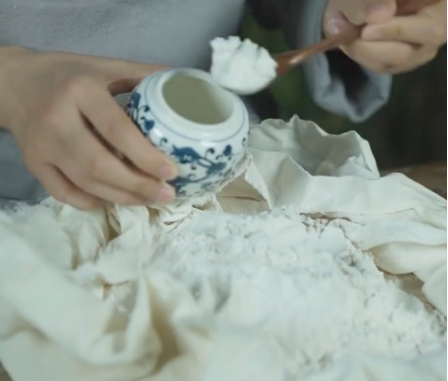
2. Purple Powder
Besides white rice powder, the ancients also invented purple powder. According to Ancient and Modern Records (《古今注》) written by Cui Bao (崔豹) in the Jin Dynasty, there was a much – favored palace maid named Duan Qiaoxiao (段巧笑) in the palace of Emperor Wen of Wei. She was good at applying purple powder on her face, as described as “applying purple powder to her face”.
Qi Min Yao Shu further elaborates on the method of making purple powder. It is made by mixing the essence of white rice powder with lead powder and adding a plant called “rouge vegetable” (i.e., Basella alba). Compendium of Materia Medica also mentions that it has certain skin – care effects. From the perspective of modern makeup experience, people with a sallow complexion often use purple powder as a base makeup to cover up the yellowish tone, similar to modern purple color – correcting primers.
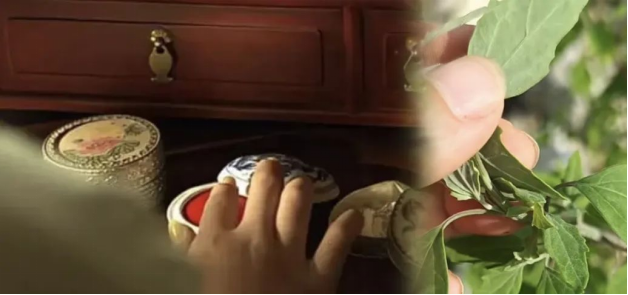
3. Cosmetics Containing Lead
Since we’ve mentioned lead powder, we can’t avoid talking about its “toxicity”. The earliest record of lead powder in China can be traced back to the Shang Dynasty. In the Bowuzhi (《博物志》) from the Western Jin Dynasty, it is stated that “King Zhou of Shang (商纣王) burned lead to make powder”, which gave rise to the idiom “wash off the lead and powder (洗尽铅华)”, meaning to remove makeup.
In ancient times, in order to whiten their skin, people mixed lead with vinegar and applied it to their faces. After covering the entire face with white, they used red lead (lead tetroxide) to add a healthy rosy color. At the same time, they also used lead sulfate to remove facial blemishes. However, lead is highly toxic to the human body. Long – term and excessive use can cause symptoms such as skin redness, dark spots, and dullness. Ironically, this would prompt people to use even more lead powder to cover up these problems, creating a vicious cycle. Internal symptoms include neurasthenia, fatigue, memory loss, headache, nausea, vomiting, high fever, restlessness, and even coma.
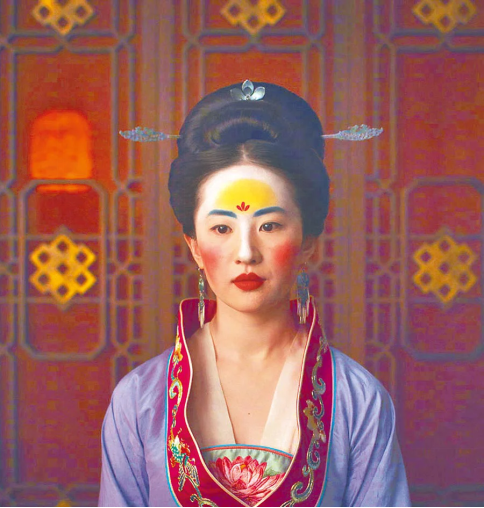
In the Heian period of Japan, noblewomen at that time made extensive use of “white powder” to flaunt their status and power. From the Heian period to the Meiji period, the production process of “white powder” mainly centered around lead white, which was derived from lead. At the end of the 1880s, people became aware that it might cause lead poisoning. It was only after the Taisho period that the proportion of ordinary women using it gradually decreased.
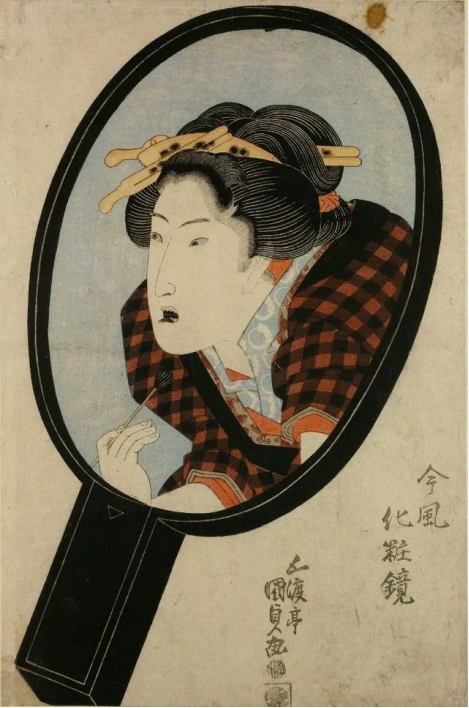
Despite its toxicity, lead powder was widely used for thousands of years because of its strong adhesion and good color – rendering properties. It was not until the early 20th century that the United States took the lead in banning the extensive use of lead in cosmetics. Subsequently, other countries also introduced regulations to restrict its use. Even so, due to its good effects and low cost, some unscrupulous merchants still add lead to cosmetics illegally.
4. Cosmetics Containing Mercury
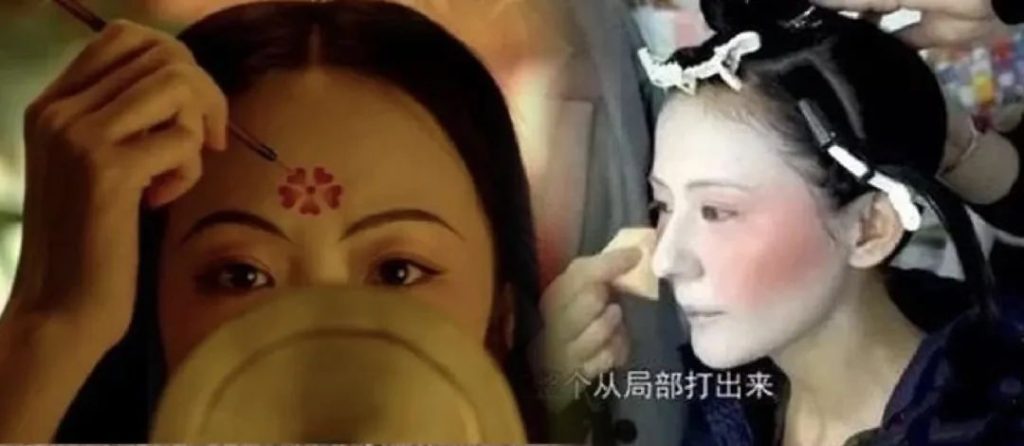
Apart from lead, mercury was also a commonly used ingredient in cosmetics. Mercury can brighten and tighten the skin. Cinnabar and mercury, as mercury – containing minerals, were also used as bright cosmetic pigments. During the Spring and Autumn period, Xiao Shi (萧史) made a cosmetic called “Flying Snow Elixir” containing mercurous chloride (calomel) for his wife. The ancient Romans also used mercury – containing substances in large quantities in their cosmetics. However, long – term use can lead to mercury poisoning, with symptoms such as rashes, dermatitis, breathing difficulties, swollen and painful gums, gum erosion, diarrhea, and kidney diseases.
Ⅱ. Lipstick
After talking about foundation, let’s move on to lipstick. During the Pre – Qin period, people already used cinnabar, a mercury – containing mineral, as the raw material for lipstick. If ancient women touched up their lipstick as frequently as modern women do, they might ingest a large amount of cinnabar in a year. And cinnabar itself is toxic. During the Wei and Jin dynasties, women would mix spices with cinnabar, boil them in wine, and then add beef fat to make scented lipstick.
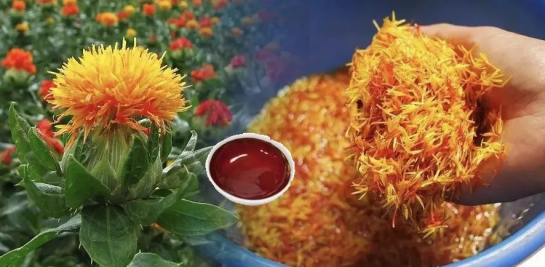
In the Han Dynasty, rouge began to be used gradually. Its main raw material was safflower, the red cosmetic made from safflower was called “rouge”. After Huo Qubing of the Han Dynasty captured Yanzhi Mountain, the Xiongnu people lamented, “Losing our Yanzhi Mountain makes our women lose their beauty.” This was related to the fact that safflower was abundant in this area at that time and rouge was widely used. Safflower needed to be processed to become a bright – red cosmetic. After its red pigment was purified, it could be used in various dyeing scenarios, including for lipstick and blush. Safflower itself is not toxic, but excessive use can still cause adverse reactions.
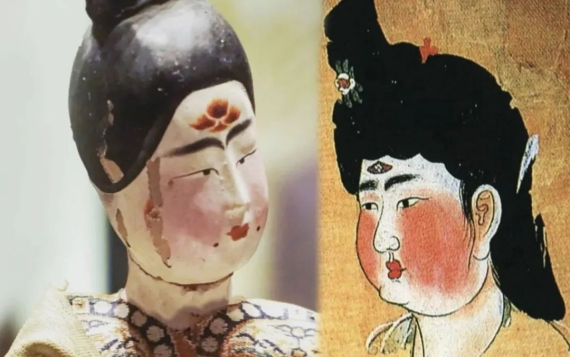
Ⅲ. The Ever – changing Eyebrow Makeup
Finally, let’s talk about eyebrow – shaping. The black pigment used by ancient women for eyebrow – drawing was called eyebrow ink. In modern times, eyebrow ink is directly applied to the eyebrows, but in ancient times, women would even shave off their original eyebrows and draw new ones.
Cheap eyebrow ink was made from soot particles produced by the burning of lamp wicks. High – end eyebrow ink used graphite, also known as stone – dai. Graphite is an ore. In ancient times, men used it for writing, while women used it for eyebrow – drawing. When using it, it needed to be ground into powder on a dai – inkstone, mixed with water, and then applied to the eyebrows.
Yellow and red eyebrows were also popular in history. For example, during the Northern and Southern Dynasties, Emperor Jing of the Northern Zhou Dynasty ordered palace maids to wear yellow – eyebrow and black – makeup. In the paintings of Gu Kaizhi in the Eastern Jin Dynasty, there were also women with red – dyed eyebrows.
During the Sui and Tang dynasties, indigo – colored eyebrows became popular among women.
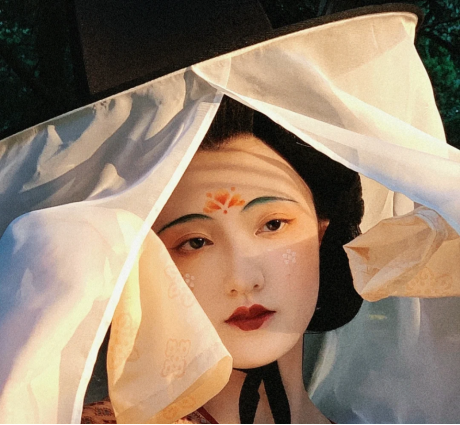
For instance, Wu Jiangxian (吴绛仙), the favorite concubine of Emperor Yang of Sui, used the expensive eyebrow powder called luozi – dai (螺子黛) imported from Persia. However, although the raw materials of luozi – dai were not toxic, in order to make the color last and be bright, a large amount of lead and mercury were added during the production process. Later, in order to improve this formula, cocoa powder, beeswax, etc. were used as substitutes, and the situation got better.
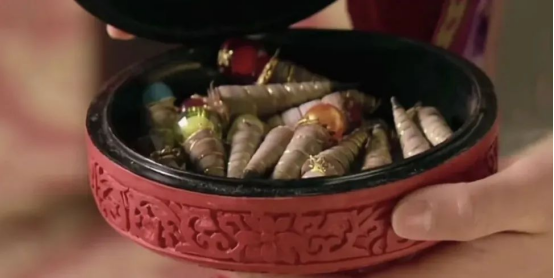
Summary
Even today, we still pay close attention to the safety of cosmetics. In ancient times, when women donned resplendent Hanfu, their pursuit of a harmonious look extended to elaborate makeup, highlighting their charm. However, there’s no need to worry too much about “ruining our skin” because it’s unscientific to talk about toxicity without considering the dosage. No matter how “natural” a cosmetic claims to be, it will contain chemical substances. Although many so – called “ancient methods” have had their formulas adjusted nowadays, using them in small daily doses as we do is generally okay. But women with sensitive skin should still avoid them as much as possible.
If in ancient times people had to use “toxic” cosmetics due to limited technology, now, high – tech advancements haven’t really provided us with much more protection. The problems with cosmetics still exist. In order to gain more profits and achieve better temporary effects, many commercial products are still using various chemical elements, harming you in ways you may not be aware of. Perhaps women a thousand years from now, looking back on our era, will be as amazed as we are when looking back at ancient times, wondering how many strange things ancient women put on their faces in the name of beauty.
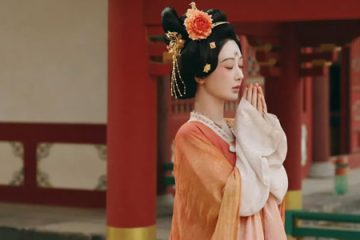


0 Comments